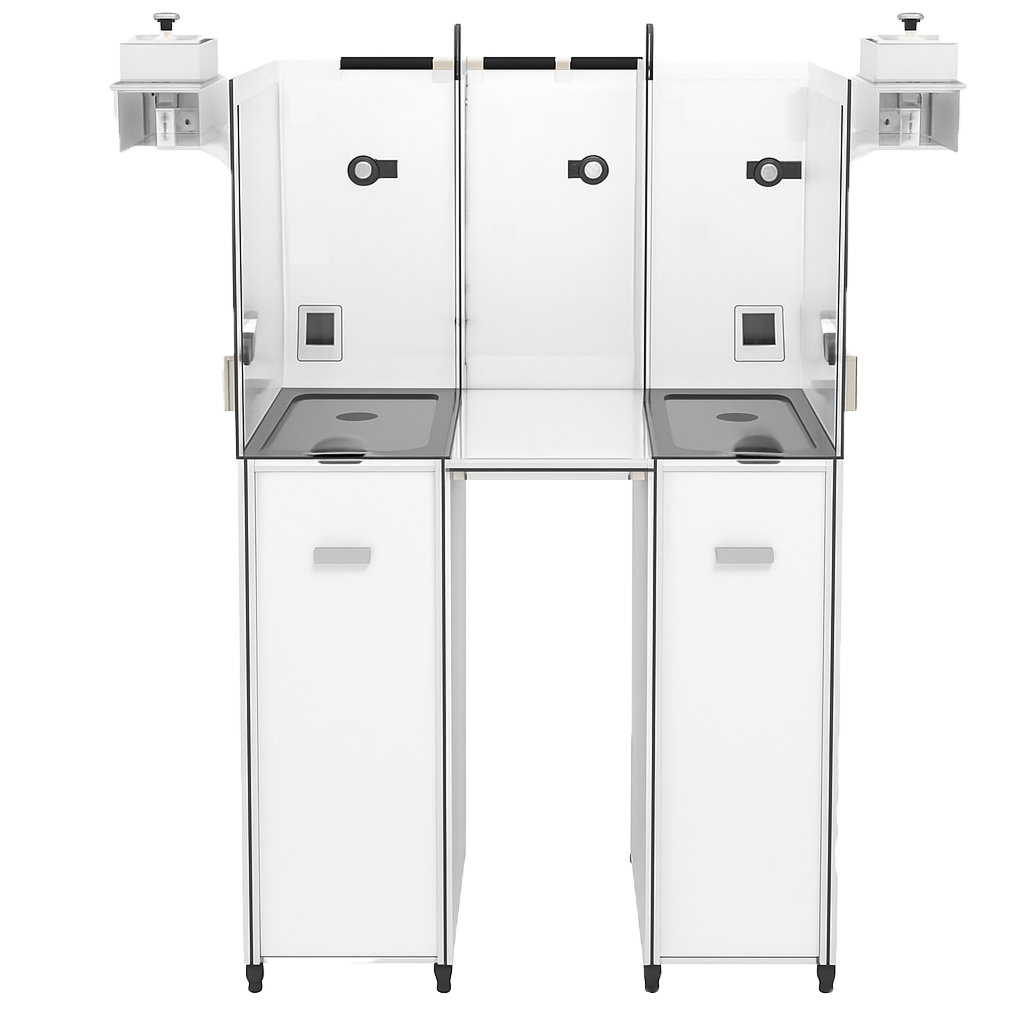
Overview
The 3D Vertical Maze is a novel behavioral apparatus designed to investigate how rodents integrate social and spatial information within a three-dimensional environment.
Originally introduced by Yang et al. (2022, 2023) in the Burwell Laboratory at Brown University, the system allows researchers to measure how animals perceive vertical distance, social novelty, and position-dependent preference.
Market Opportunity
Social interactions in rodents are typically studied on flat surfaces, yet their natural habitats include tunnels, burrows, and layered spaces.By adding a vertical dimension, the 3D Vertical Maze bridges this gap—making it possible to examine how spatial elevation influences social preference, anxiety, and cognitive mapping.The platform provides valuable translational data for understanding neural mechanisms of attention, perception, and social behavior across species.
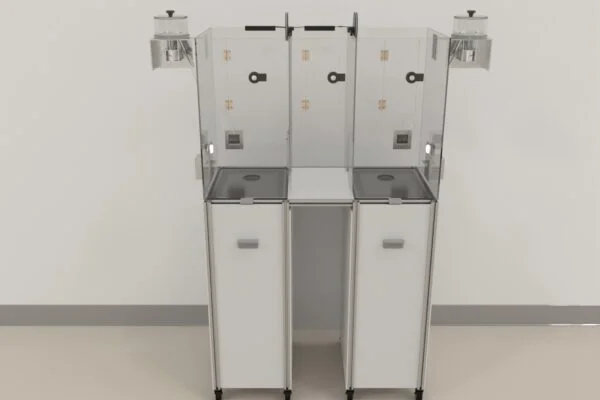
Invention & Advantages

Three-Dimensional Structure
Multi-level platforms enable testing of distance perception, spatial decision-making, and vertical navigation.
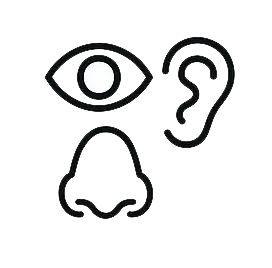
Social Interaction Modules
Transparent side chambers house conspecifics or visual/auditory stimuli for controlled social exposure.

Supports multiple paradigms
Compatible with visual, olfactory, and auditory cues to model real-world environments.

Species adaptable
Configurable for mice or rats; modular design allows custom heights, platforms, and partitions.

Naturalistic context
Mimics the layered environments rodents encounter in the wild.
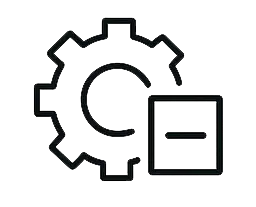
Highly modular
Customizable with levers, lights, pellet dispensers, and guillotine doors.
Applications
Spontaneous Exploration Tasks
Animals freely explore upper and lower zones while conspecifics or cues are positioned at variable heights and distances.
Used to quantify preference for novelty, social recognition, and elevation-dependent behavior.
Operant Learning Tasks
Subjects are trained to associate specific spatial-social configurations with rewards, enabling assessment of learning, decision-making, and attention.
Data Collection Parameters
Time spent on upper vs. lower levels
Approach and investigation latencies
Social novelty and preference ratios
Accuracy and reaction time in operant paradigms
Trajectory mapping and vertical transition frequency
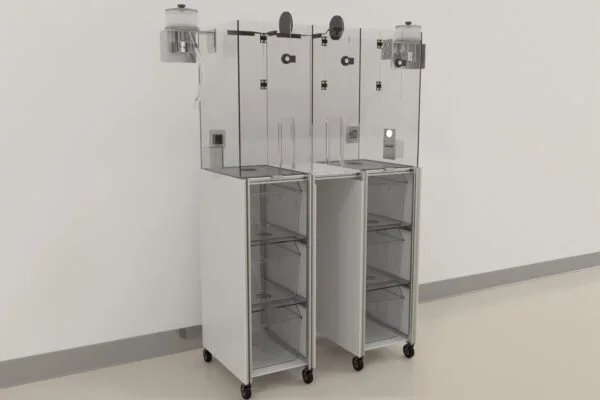
References
Wise TB, Templer VL, Burwell RD. The 3D Vertical Maze: A new model system for studying the interactions between social and spatial cognition
J Neurosci Methods. 2025 Jun;418:110414. doi: 10.1016/j.jneumeth.2025.110414. Epub 2025 Feb 28. PMID: 40024460.
Price & Dimensions
Rat Vertical Maze – $4,990
- Opaque acrylic 3-chamber testing platform (90×50×60 cm)
- Two vertical columns (30×50×90 cm each)
- Interchangeable acrylic or perforated flooring
- Optional add-ons: automated lever, pellet dispenser, guillotine door, lights, speakers
Mouse Vertical Maze – $3,990
- Opaque acrylic 3-chamber testing platform (63×35×48 cm)
- Two vertical columns (21×35×63 cm each)
- Interchangeable flooring options
- Optional add-ons: operant conditioning hardware

Interested in bringing your innovation to life?
Our Tech Transfer program partners with scientists to commercialize cutting-edge neuroscience tools. If you’re an inventor or would like more information on any of the mazes, we’d love to hear from you
